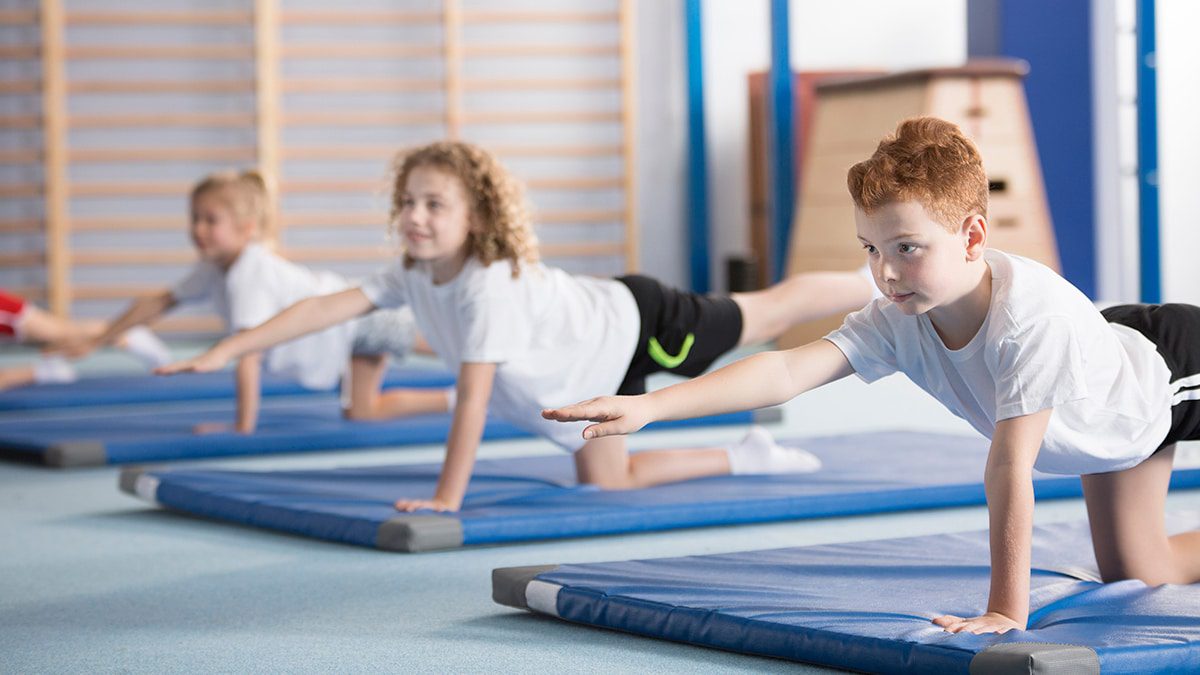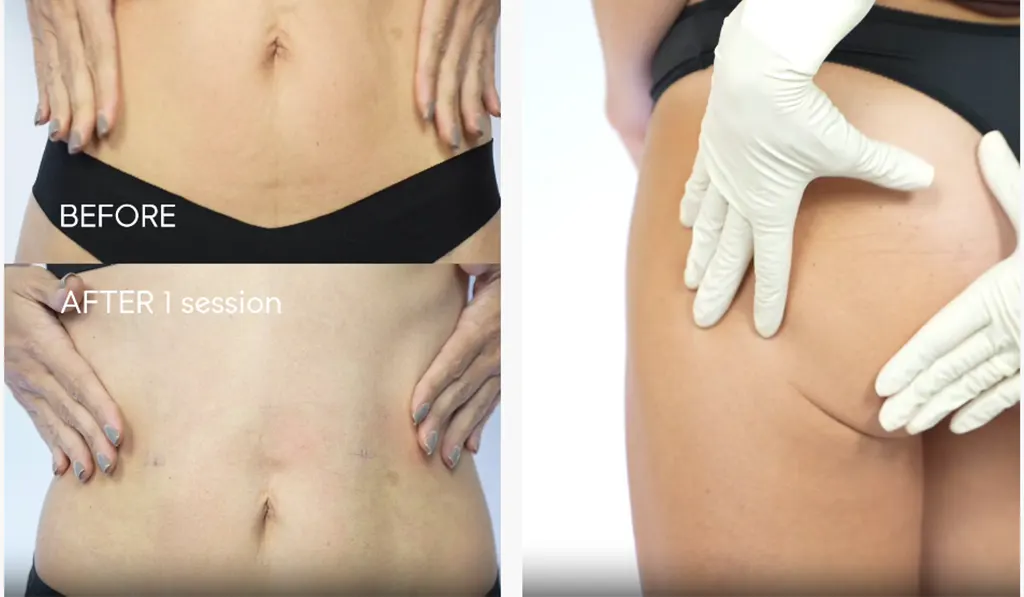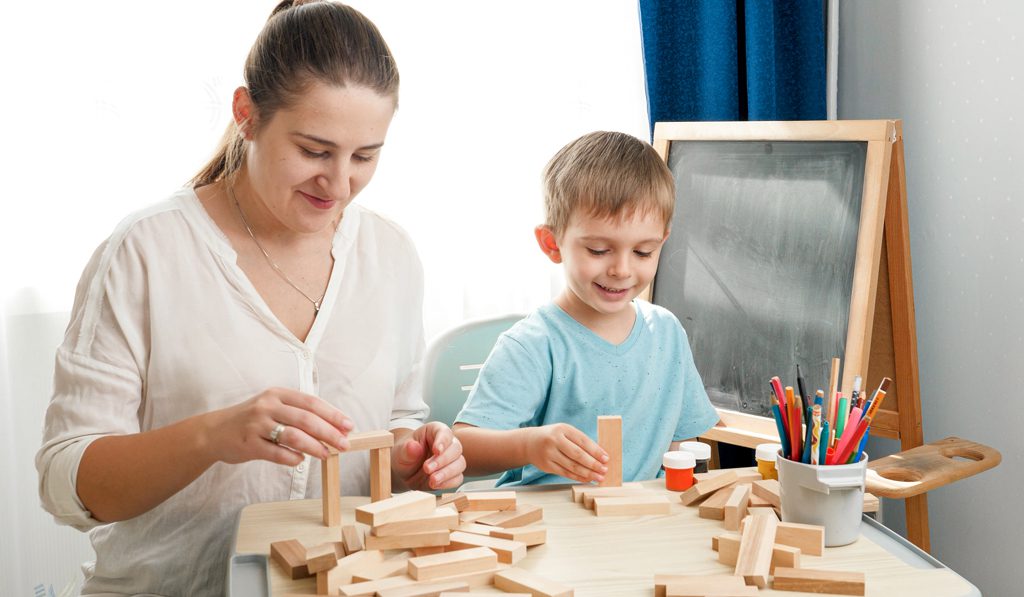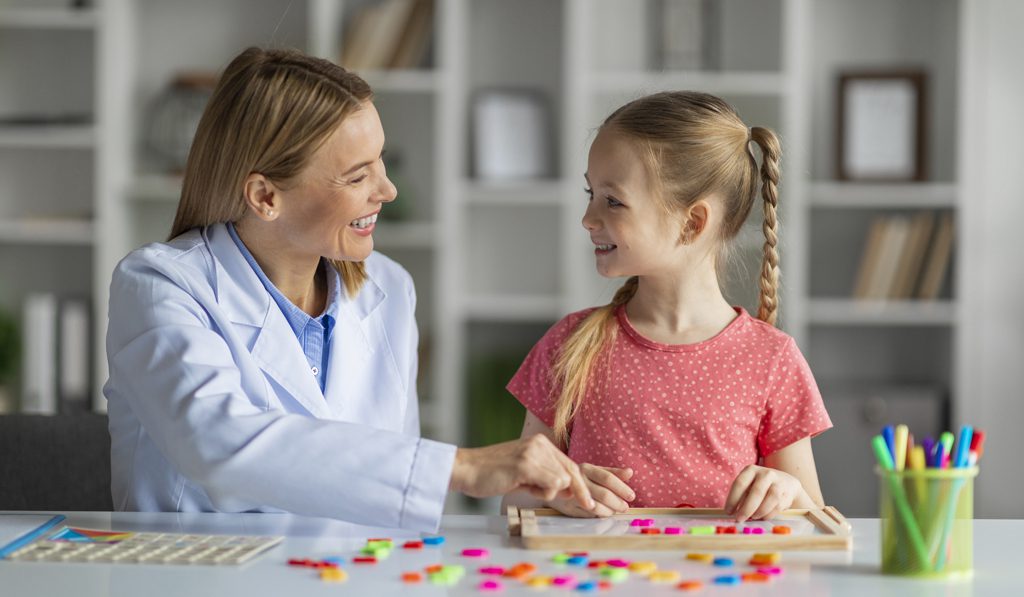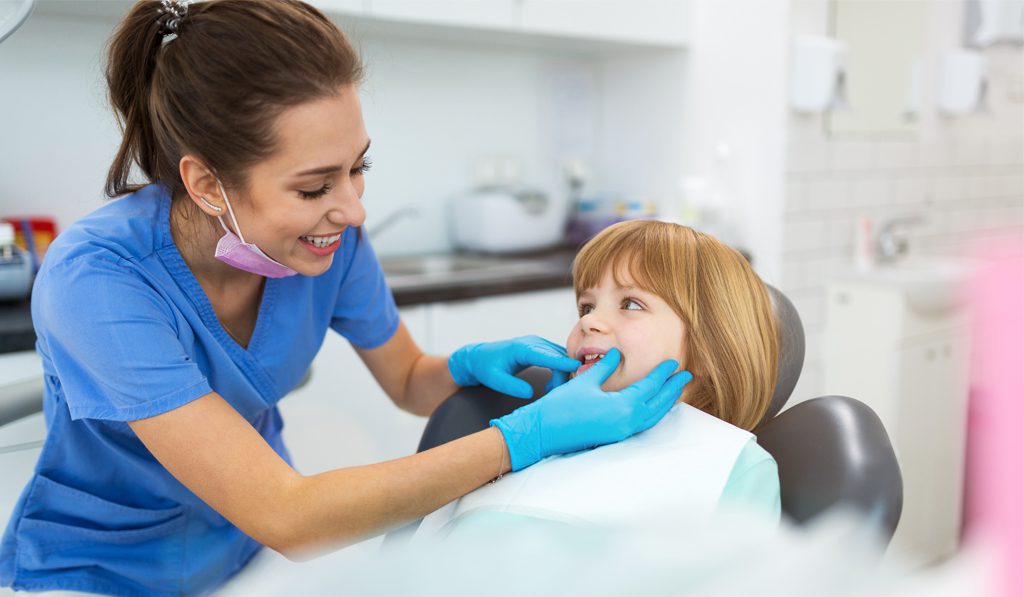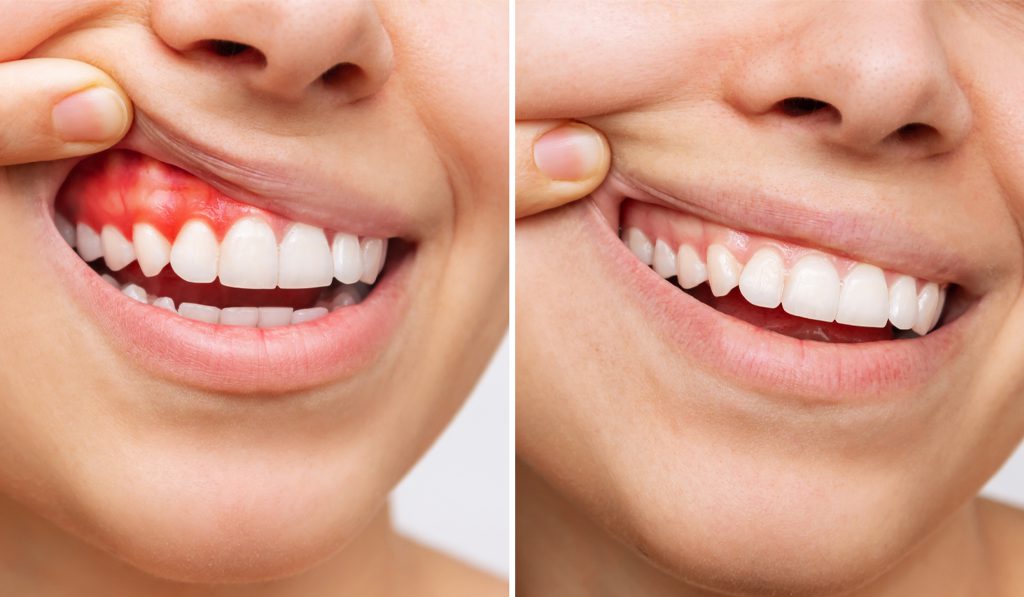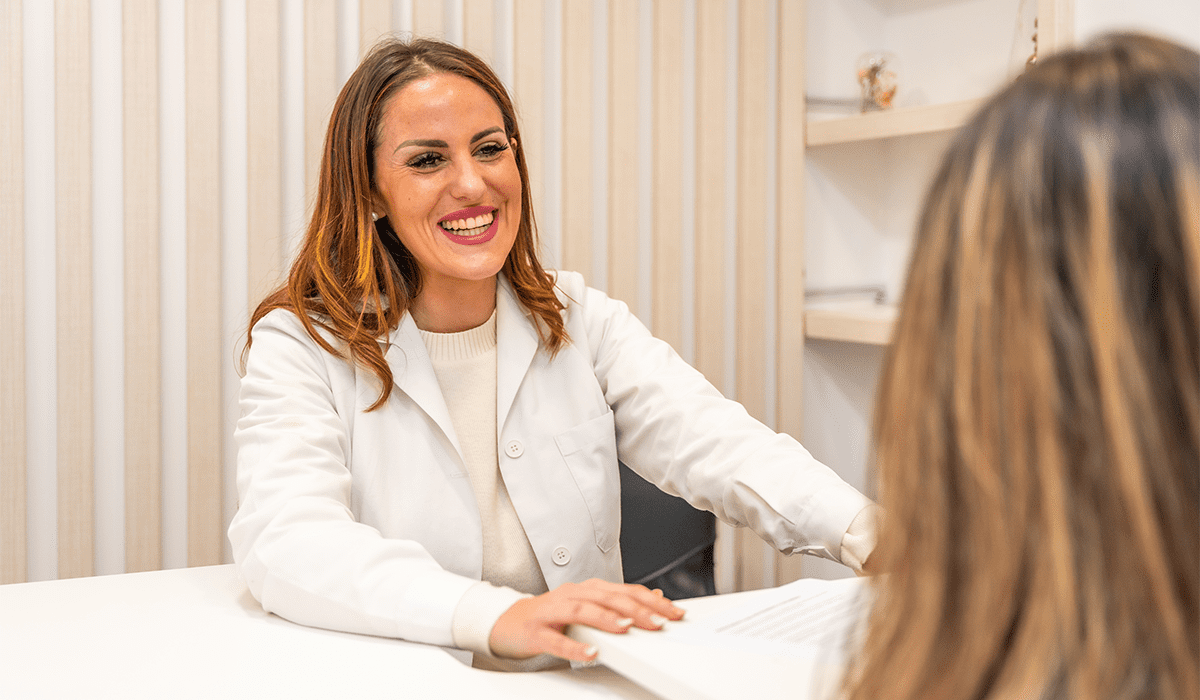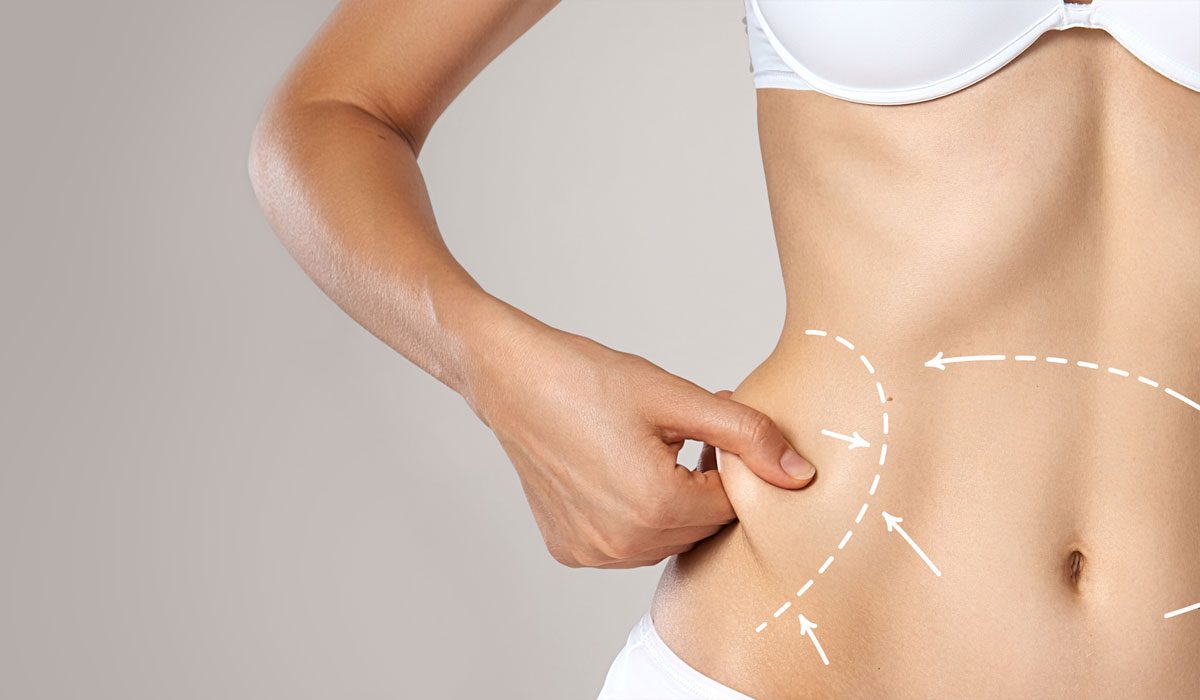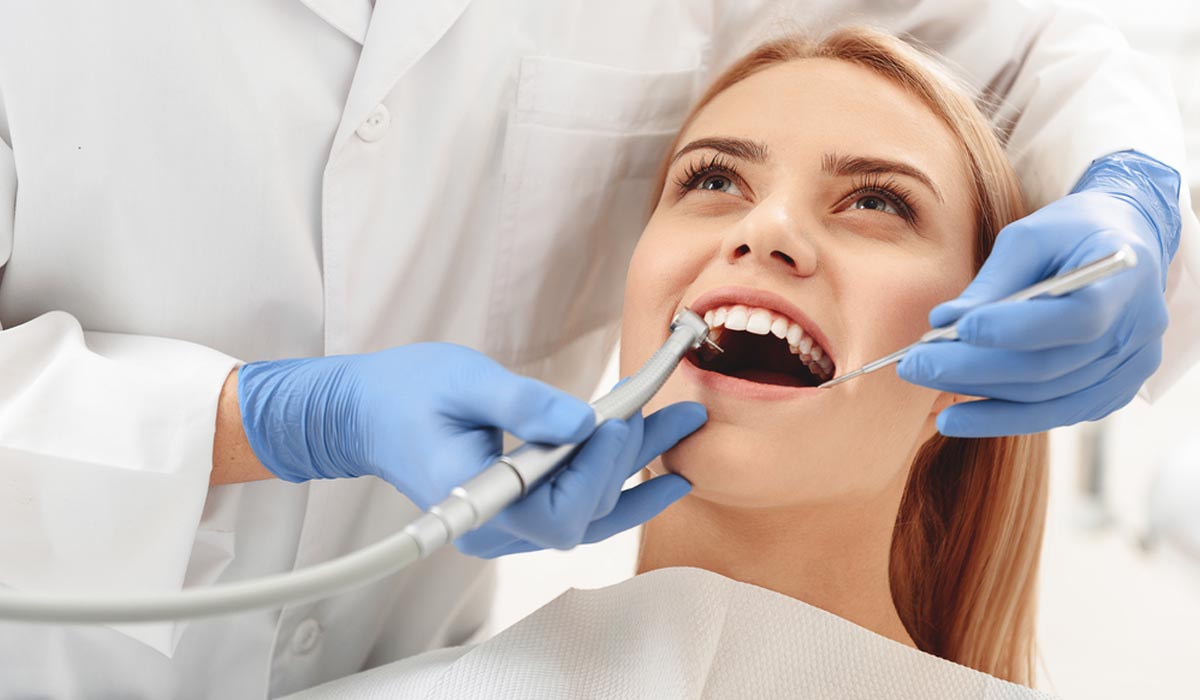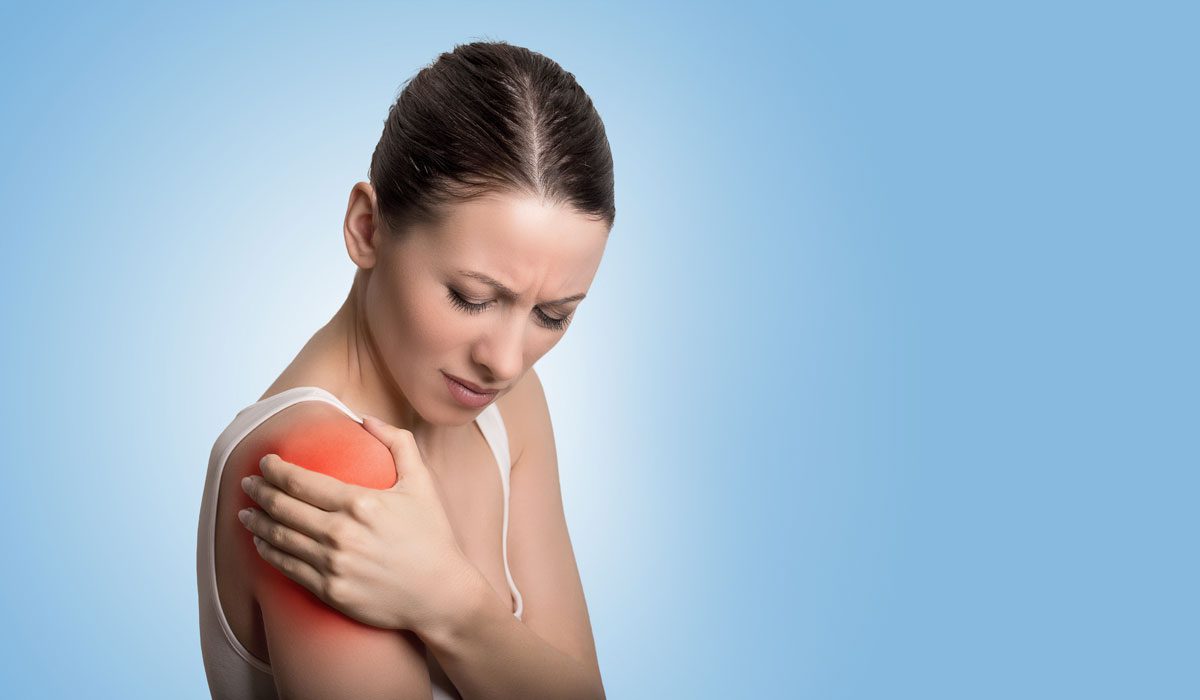Importance of positioning your baby
As an occupational therapist, I have seen an increase in children having difficulty with core strength and postural control. Our core is made up of the muscles in our abdomen, back, and pelvis. These are the muscles that allow us to balance, sit up straight at a table, maintain our posture, coordinate both sides of our bodies smoothly, hold a pencil properly, and use scissors in a controlled manner. Our core provides us with stability and control for everything we do.
As such, it is not difficult to imagine how poor core strength will not only make it difficult for your child to participate and develop age-appropriate gross-motor skills, but also make it difficult to control and develop fine motor skills, social skills, and overall learning. (Rachwani et al., 2015)
 There are many factors to consider when looking at the increased difficulty with posture and core strength, including decreased physical activity as schools demand higher academic performance, and the influence of technology. Now don’t get me wrong, technology has allowed us to provide better quality healthcare and helped us to develop as a society. My concern, however, is that it has not only given us a lot, but it is also taking away. It is delaying crucial aspects of children’s development, including motor development, social development, and play skills. Children are becoming more interested in TV and video games, which hinders them from exploring the world with their bodies. As such, they are taking on a more placid role in their own development, and don’t get the opportunity to develop all of the components of development.
There are many factors to consider when looking at the increased difficulty with posture and core strength, including decreased physical activity as schools demand higher academic performance, and the influence of technology. Now don’t get me wrong, technology has allowed us to provide better quality healthcare and helped us to develop as a society. My concern, however, is that it has not only given us a lot, but it is also taking away. It is delaying crucial aspects of children’s development, including motor development, social development, and play skills. Children are becoming more interested in TV and video games, which hinders them from exploring the world with their bodies. As such, they are taking on a more placid role in their own development, and don’t get the opportunity to develop all of the components of development.
Studies have demonstrated this significant impact that modern-day lifestyle has on the posture of school-aged children, and ultimately, posture reflects the overall well-being of your child. (Quka, Stratoberdha and Selenica, 2015)
So what can we do?
Motor development has been identified to depend on numerous different factors, and has been identified to have an influence on all other aspects of the child’s development. (Rachwani et al., 2015)
As a parent, you can encourage core strengthening and facilitate postural control for appropriate gross motor development by simply positioning your child correctly as an infant.
What does this mean?
It means that the position you place your baby in during waking hours will significantly impact their postural control and motor development. Studies have found that placing babies on their tummy during waking hours rather than on their backs, results in significantly earlier achievement of developmental milestones. (Pin, Eldridge and Galea, 2007)
Additionally, they have found that the use of baby-walkers has a strong negative association on crawling, standing alone, and walking alone. (Badihian S, 2020) Use of baby-walkers and Bumbo seats can limit your child’s core strengthening and postural control. (Engelbert et al., 1999) Put simply, whatever the concern regarding motor development, tummy-time is the answer! Placing your baby on their tummy while they are awake, will encourage the baby to lift their head, push themselves up, roll, crawl, and get moving.
How to implement Tummy-Time?

Tummy-time during your child’s early years will lay a foundation for play and learning. Placing your child on their tummy with toys scattered around them, will encourage muscle activation and movement. Tummy-time does not need to be planned or made complicated. All that is required, is a safe and comfortable environment/area for your baby to lie down on their tummy and be able to explore, some toys/objects for your baby to play with, and you. I recommend the following:
- Ensure a safe and comfortable environment. Put down a large soft blanket or carpet on the floor. Using a blanket that you can move around is ideal, so that you can put the blanket down in whichever room you are. If you are busy in the kitchen, you can put the blanket on the kitchen floor and place your baby on the blanket with his/her toys.
- Provide toys to encourage movement. Placing toys at different distances from your baby, will encourage them to move and explore. Use of age-appropriate toys will intrigue your baby and encourage interaction between your baby and his/her environment.
- Set aside time in your day to participate in tummy time with your little one. Taking the time to sit or lie down on the floor with your baby is great for parent-child bonding. Your presence will encourage your baby to interact with you. This time will also allow your little one to observe how you interact with the world around you, and be able to learn from you.
Demonstrating play with toys and social interaction, will set a great foundation for your baby’s development.
Take some time to consider your child’s well-being and development, provide them with a strong foundation for further learning, strengthen their core, ensure daily tummy-time.
We would love to hear from you, give us some feedback about this and let us know what you would like for us to discuss in future posts.
References
Badihian S, e. (2020). The Effect of Baby Walker on Child Development: A Systematic Review. – PubMed – NCBI. [online] Ncbi.nlm.nih.gov. Available at: https://www.ncbi.nlm.nih.gov/pubmed/29201117 [Accessed 16 Feb. 2020].
Engelbert, R., Empelen, R., Scheurer, N., Helders, P. and Nieuwenhuizen, O. (1999). Influence of infant-walkers on motor development: Mimicking spastic diplegia?. European Journal of Paediatric Neurology, 3(6), pp.273-275.
Pin, T., Eldridge, B. and Galea, M. (2007). A review of the effects of sleep position, play position, and equipment use on motor development in infants. Developmental Medicine & Child Neurology, 49(11), pp.858-867.
Quka, N., Stratoberdha, D. and Selenica, R. (2015). Risk Factors of Poor Posture in Children and Its Prevalence. Academic Journal of Interdisciplinary Studies.
Rachwani, J., Santamaria, V., Saavedra, S. and Woollacott, M. (2015). The development of trunk control and its relation to reaching in infancy: a longitudinal study. Frontiers in Human Neuroscience, 9.
Error: Contact form not found.

